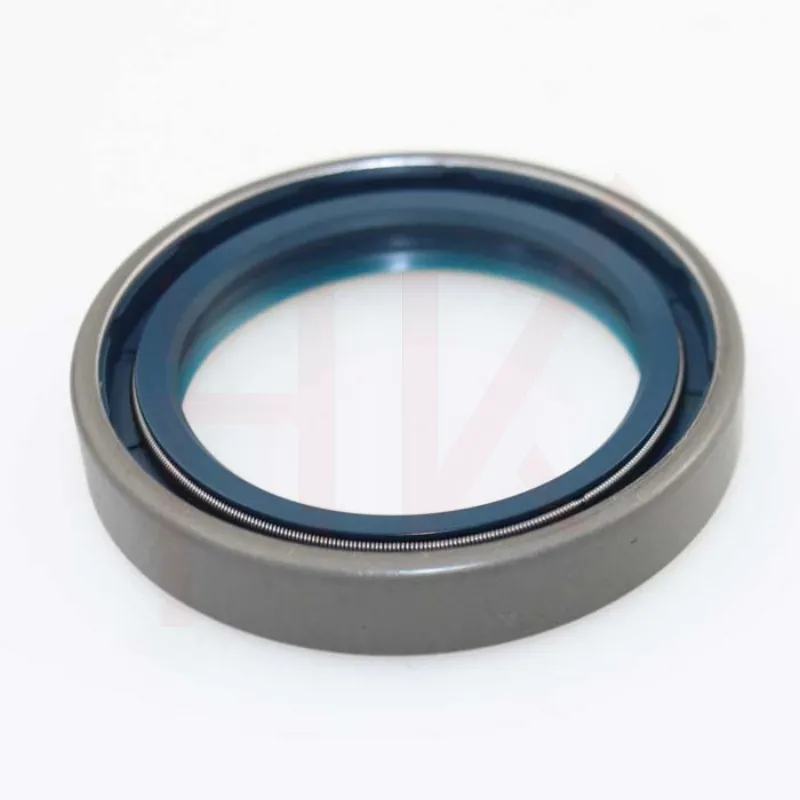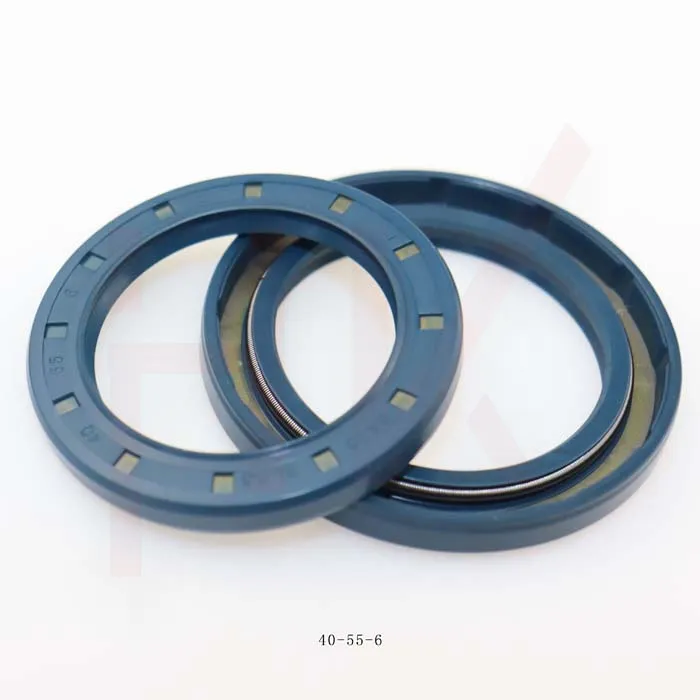فوریه . 15, 2025 22:07 Back to list
cfw oil seal


Seal maintenance and regular replacement form a critical part of machinery upkeep. For dust seals, regular cleaning and inspections can prevent contaminant buildup, which could compromise the seal's integrity. Oil seals, however, demand a focus on checking for leaks and ensuring no hardening or cracking of the material, which might indicate impending failure. When replacing seals, ensuring compatibility with existing components and operating environments is vital. Material resilience against temperature variations, chemical interactions, and abrasive wear is crucial to prevent premature failure. Choosing the Right Seal Factors to Consider Several factors should guide the selection between dust seals and oil seals, including 1. Operating Environment Evaluate whether the exposure to dust and dirt is more significant than concerns about oil leakage or vice versa. 2. Material Properties Consider the chemical and thermal compatibility of the seal material with the application environment. 3. Seal Geometry Custom geometric considerations, such as the interaction between the seal and the shaft, can influence the effectiveness of the seal. 4. Cost and Availability Cost-effectiveness and the ease of sourcing replacement seals are practical considerations that can influence long-term maintenance strategies. Innovation and Future Trends As technology advances, new materials and seal designs continue to emerge, aimed at enhancing the performance and longevity of both dust and oil seals. Advanced composite materials and coatings are now available, offering increased resistance to wear and chemical exposure. Additionally, developments in seal geometry have led to designs that reduce friction and energy consumption, aligning with global sustainability goals. In conclusion, the choice between dust seals versus oil seals should be guided by a clear understanding of the application's specific environmental and operational demands. Whether it’s protecting machinery in a dusty mine or ensuring oil integrity in a high-performance engine, selecting the right seal can significantly impact the efficiency and life expectancy of the equipment they protect. With continuous innovations, the future of sealing technology promises even more efficient and sustainable solutions, aiding industries in achieving optimal performance and reduced downtime.
-
TCN Oil Seal Metal Ring Reinforcement for Heavy Machinery
NewsJul.25,2025
-
Rotary Lip Seal Spring-Loaded Design for High-Speed Applications
NewsJul.25,2025
-
Hydraulic Cylinder Seals Polyurethane Material for High-Impact Jobs
NewsJul.25,2025
-
High Pressure Oil Seal Polyurethane Coating Wear Resistance
NewsJul.25,2025
-
Dust Proof Seal Double Lip Design for Construction Equipment
NewsJul.25,2025
-
Hub Seal Polyurethane Wear Resistance in Agricultural Vehicles
NewsJul.25,2025
-
The Trans-formative Journey of Wheel Hub Oil Seals
NewsJun.06,2025
Products categories
















